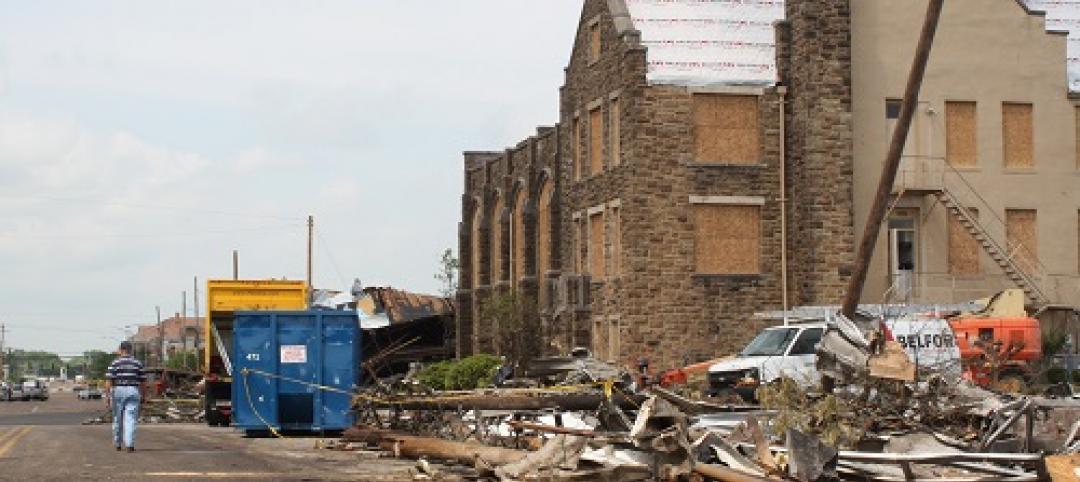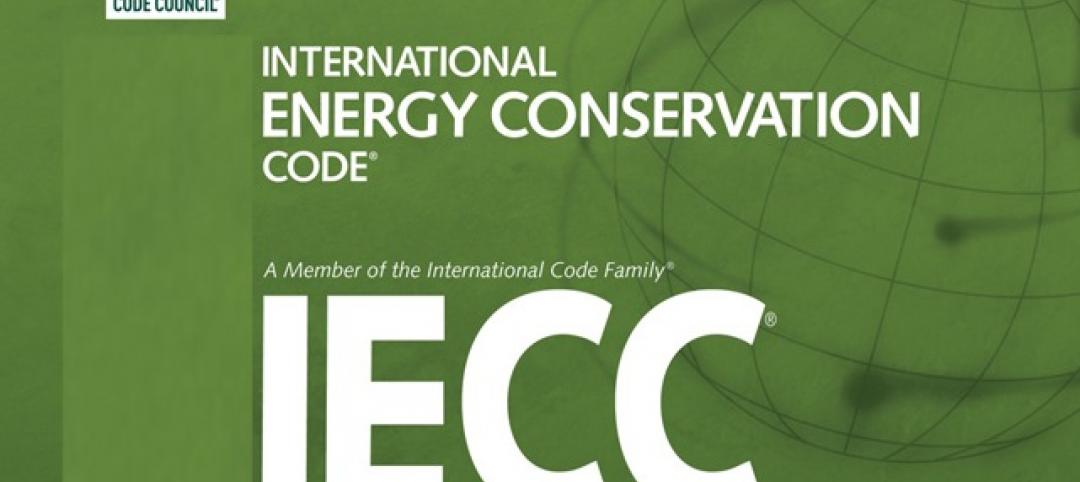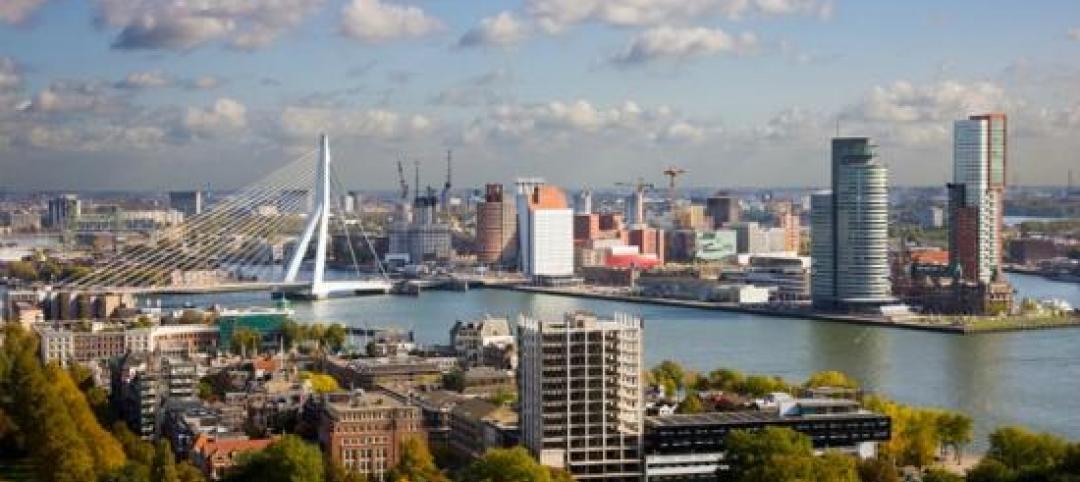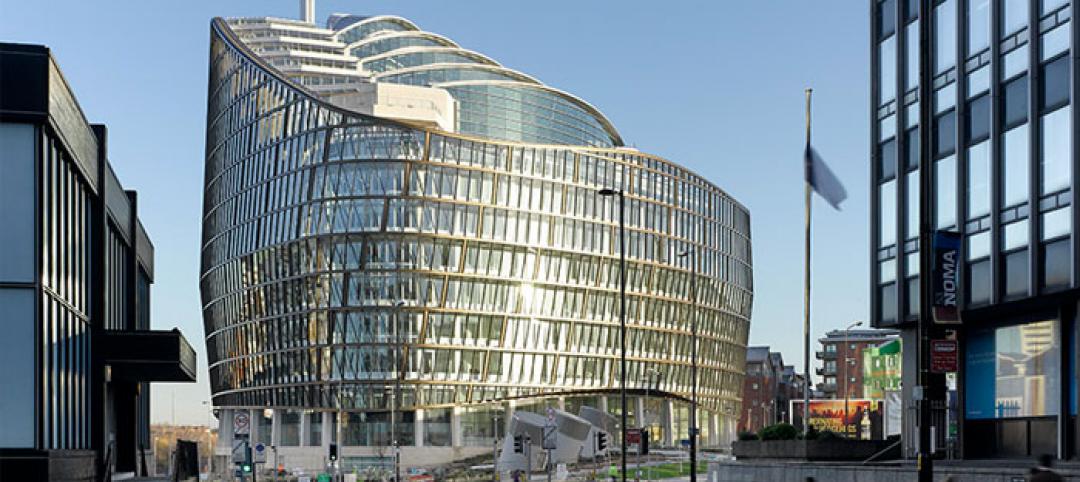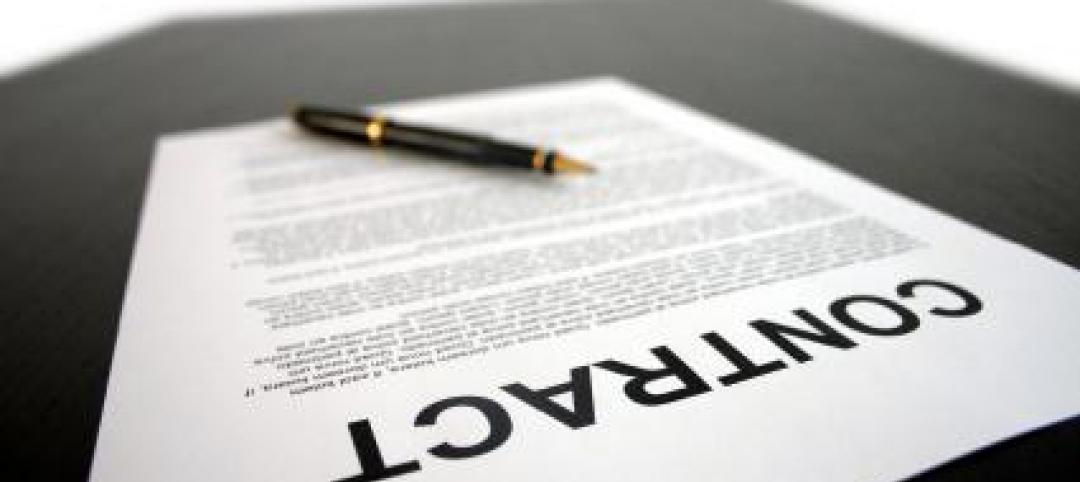More than 60 of the largest and most influential global architecture, landscape architecture, engineering, planning, and construction firms issued a document to government leaders attending the United Nations Climate Change Conference of the Parties (COP 26) challenging them to increase emissions reduction targets for the built environment.
The companies collectively put in place over $300 billion in annual construction, and the two dozen industry organizations represent more than one million building industry professionals worldwide. The letter urges governments to meet the Paris Agreement’s 1.5-degree carbon budget.
Buildings are the largest source of the world’s carbon emissions globally, accounting for about 40% of total emissions. When embodied carbon of buildings is included, that percentage is substantially higher. Thus, decarbonizing the built environment is essential to achieving the goal of the Paris Agreement.
Progress made in the United States in reducing carbon emissions in the built environment is encouraging, though. The U.S. building sector has not increased its energy consumption since 2005, even though the nation added more than 50 billion sf of buildings during that time. Today, carbon emissions in the U.S. building sector continue to decline each year and are currently down 30% from 2005 levels.
Related Stories
| Dec 11, 2013
NIST recommends tougher standards for tornado resilience
Buildings in tornado-prone areas should be constructed to withstand strong winds just as hurricanes are factored into building codes in coastal areas, says a federal report examining the 2011 killer tornado in Joplin, Mo.
| Dec 10, 2013
Whistleblowers can now file complaints online with OSHA
Whistleblowers covered by one of 22 statutes administered by the Occupational Safety and Health Administration (OSHA) now will be able to file complaints online.
| Dec 4, 2013
Five U.S. cities leading on climate change initiatives
Houston, Salt Lake City, Miami, New York, and Los Angeles are five cities that are leading the way on preparing for climate change and extreme weather, according to a Center for American Progress report.
| Dec 4, 2013
Philadelphia City Council mulling bill requiring ID cards for construction workers
The Philadelphia City Council has held a series of hearings on a bill aimed at boosting the city's safety regulations in the wake of a deadly building collapse earlier this year.
| Dec 4, 2013
Changes completed on 2015 IECC provisions
The 2015 International Energy Conservation Code (IECC)—the code that serves as the model for states’ codes—has undergone final changes.
| Dec 4, 2013
Design-build makes gains along with more authorizing legislation
In 2009, more legislation authorizing design-build project delivery passed than in any year in Design Build Institute of America’s history.
| Dec 4, 2013
Rotterdam resiliency policies include floating neighborhood
The low-lying city of Rotterdam in the Netherlands is a world leader in storm resiliency with policies that impact businesses, private homes, and public infrastructure.
| Dec 4, 2013
Meet the 'world's greenest building': One Angel Square
The 500,000 sf, 14-story One Angel Square in Manchester, England, is being promoted as "the most environmentally-friendly building in the world."
| Dec 3, 2013
Architects urge government to reform design-build contracting process
Current federal contracting laws are discouraging talented architects from competing for federal contracts, depriving government and, by inference, taxpayers of the best design expertise available, according to AIA testimony presented today on Capitol Hill.
| Nov 27, 2013
ASHRAE data center standard open for public review
Standard 90.4P, Energy Standard for Data Centers and Telecommunications Buildings, is being developed in response to requests to recognize the energy performance profiles unique to data centers.



